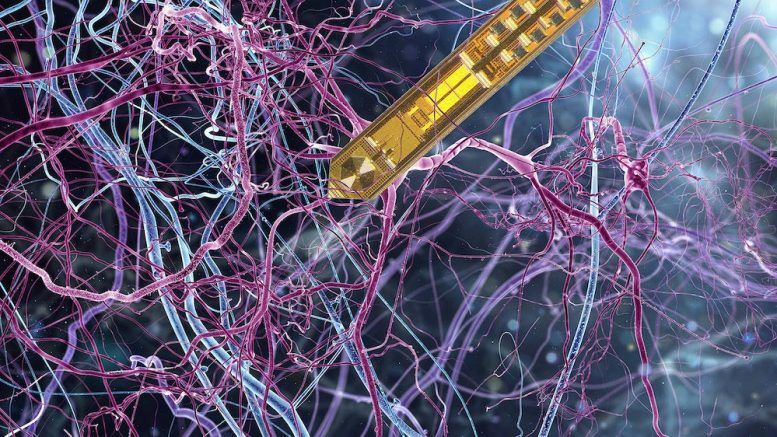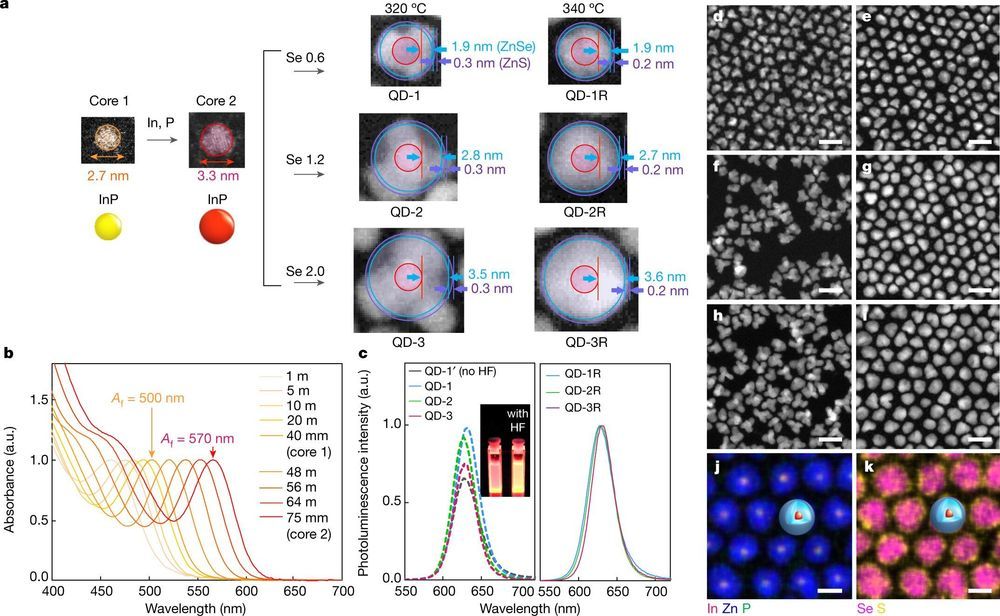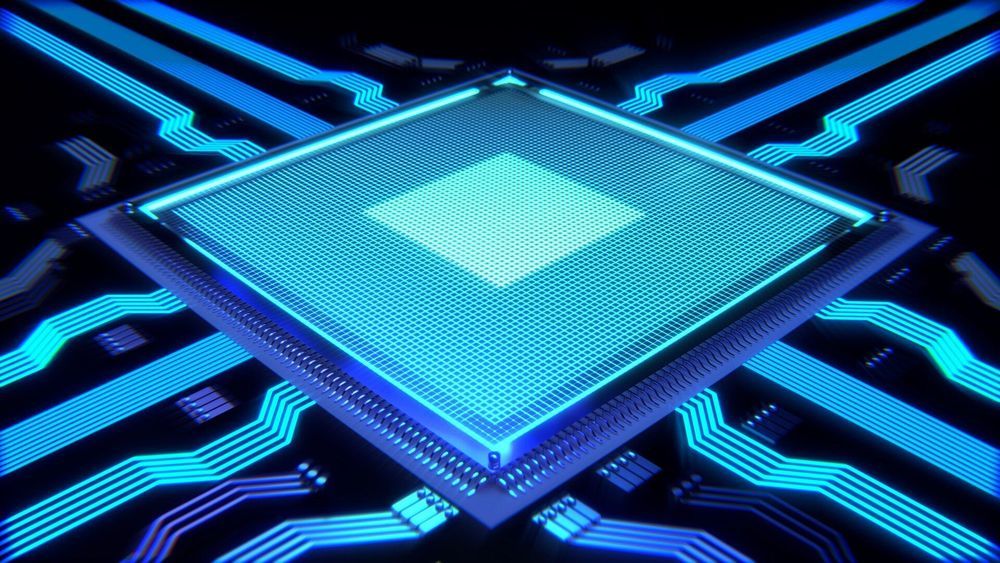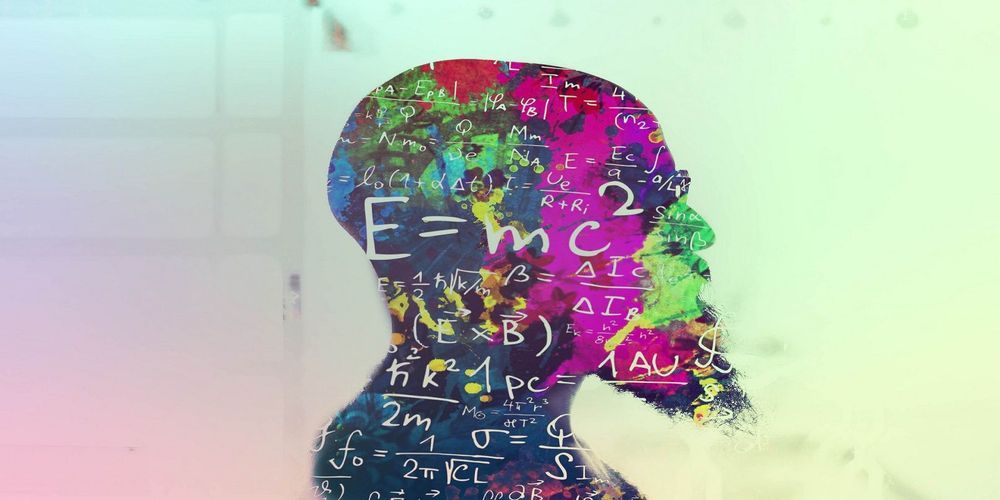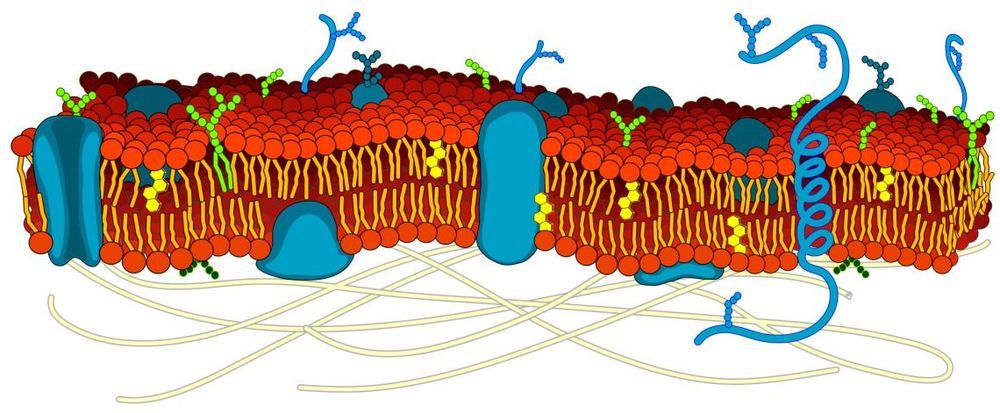Dec 2, 2019
Neuroscientists Develop First Implantable Magnet Resonance Detector Brain Probe
Posted by Paul Battista in categories: computing, neuroscience
A team of neuroscientists and electrical engineers from Germany and Switzerland developed a highly sensitive implant that enables to probe brain physiology with unparalleled spatial and temporal resolution. They introduce an ultra-fine needle with an integrated chip that is capable of detecting and transmitting nuclear magnetic resonance (NMR) data from nanoliter volumes of brain oxygen metabolism. The breakthrough design will allow entirely new applications in the life sciences.
